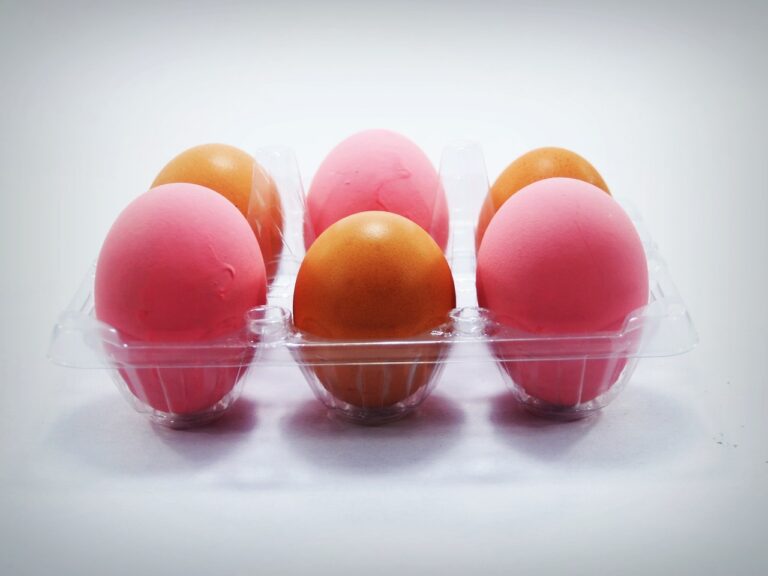DIY Solar-Powered Outdoor String Light Installation: Illuminating Your Garden with Renewable Energy
Solar energy works through the conversion of sunlight into electricity using photovoltaic (PV) panels. These panels are made up of many small cells that generate direct current (DC) electricity when exposed to sunlight. The PV cells are typically made from layers of silicon, which react to sunlight by creating an electric field across the layers, causing electricity to flow.
As sunlight hits the PV cells, electrons in the silicon layers are excited and flow through the material, creating an electric current. This generated electricity is then captured and converted into usable alternating current (AC) electricity through an inverter. The AC electricity can then be used to power homes, businesses, and other electronic devices, reducing reliance on traditional fossil fuels for energy consumption.
Choosing the Right Solar-Powered Outdoor String Lights for Your Garden
When looking to illuminate your garden with solar-powered outdoor string lights, it is essential to consider the aesthetic and functional aspects. Opt for lights that complement the style of your garden while providing sufficient brightness for your needs. Additionally, choose solar-powered lights with durable materials to withstand outdoor elements and ensure longevity.
It is advisable to select lights with adjustable settings to tailor the ambiance of your garden to varying occasions. Whether you prefer a soft, warm glow for intimate gatherings or a brighter light for larger events, having this flexibility can enhance the overall atmosphere of your outdoor space.
Determining the Best Location for Solar Panels
One key factor to consider when determining the best location for solar panels is the amount of sunlight that area receives. Solar panels need direct sunlight to generate electricity efficiently, so it is important to place them in a spot where they will not be shaded by trees, buildings, or other obstructions for most of the day. This will ensure that the panels can capture as much sunlight as possible to convert into renewable energy.
In addition to sunlight exposure, the angle at which the solar panels are installed is crucial for optimal energy production. The ideal angle for solar panels varies depending on your geographical location and the time of year. In general, solar panels are typically mounted at an angle that is equal to the latitude of your location to maximize sunlight absorption. However, adjustments may need to be made based on specific factors unique to your property, such as nearby structures or landscape features.
How does solar energy work?
Solar energy works by capturing sunlight with solar panels, which convert the sunlight into electricity through a process called the photovoltaic effect.
How can I choose the right solar-powered outdoor string lights for my garden?
When choosing solar-powered outdoor string lights for your garden, consider factors such as the brightness of the lights, the size of your garden, and the amount of sunlight the area receives.
How can I determine the best location for solar panels?
To determine the best location for solar panels, consider factors such as the amount of sunlight the area receives, any obstructions that may block sunlight, and the direction your roof faces. It’s recommended to consult with a professional solar panel installer for the most accurate assessment.







